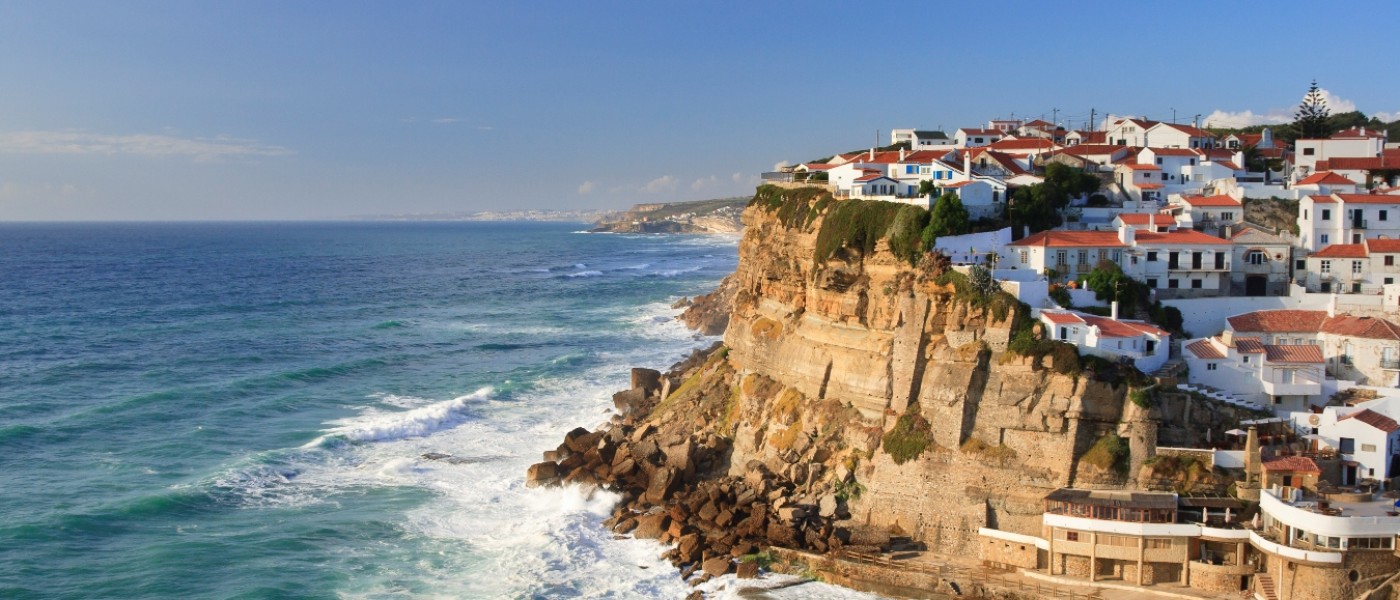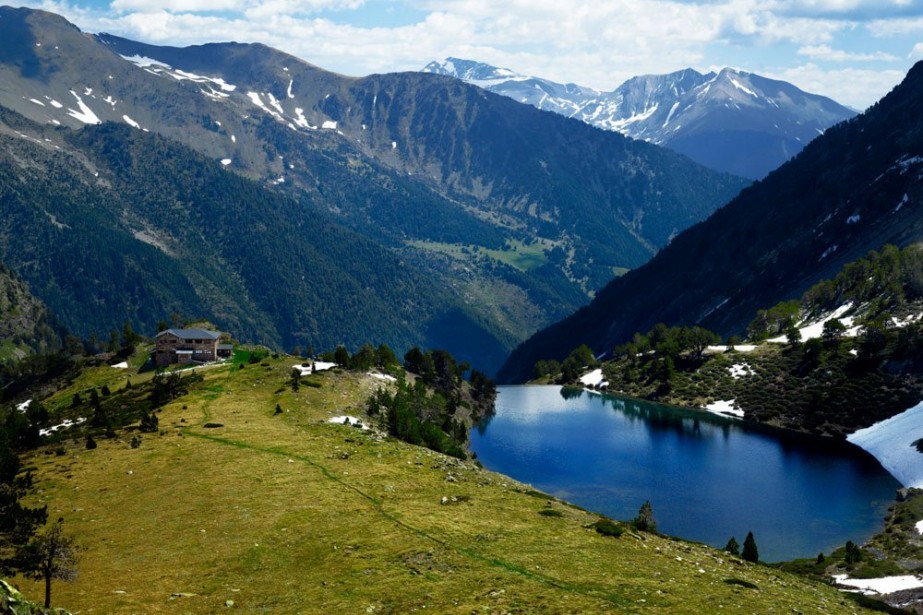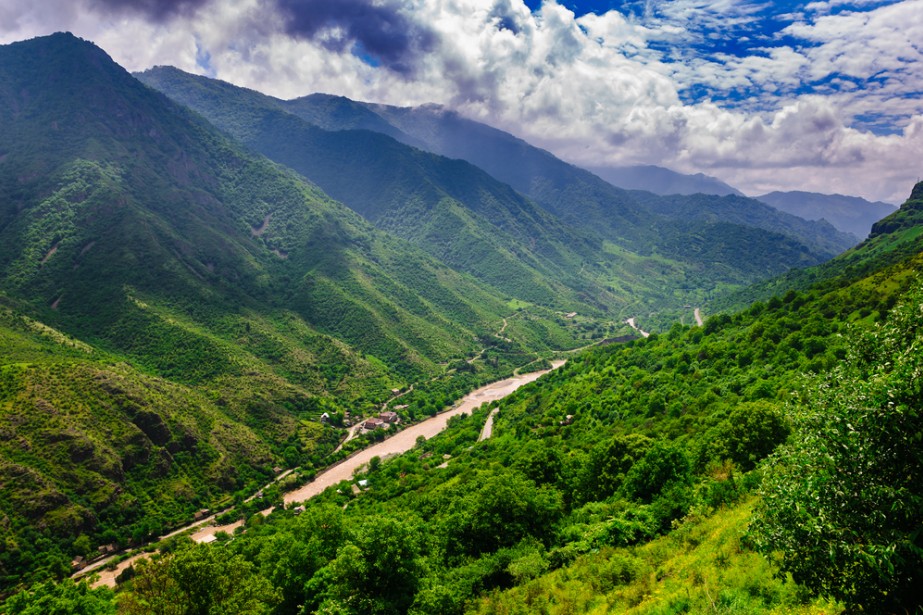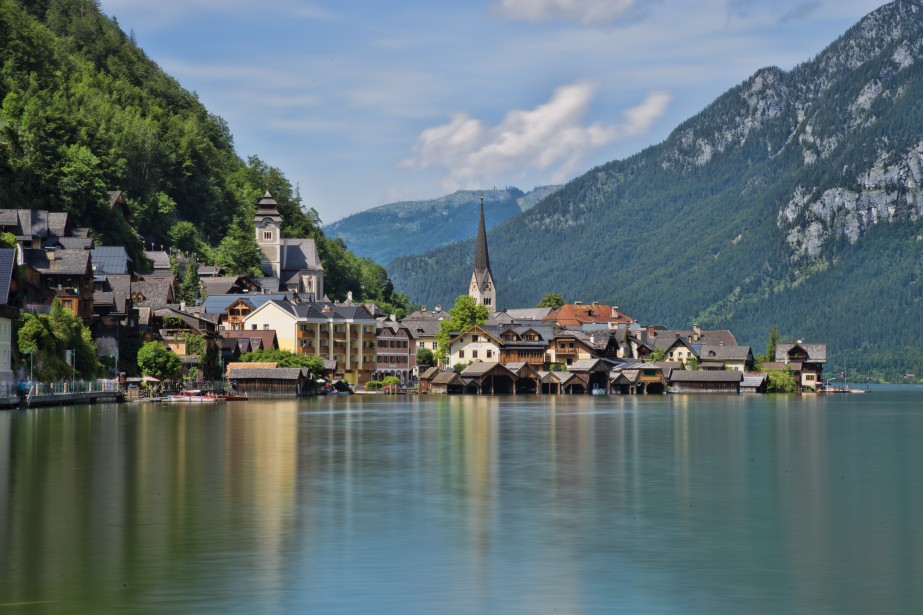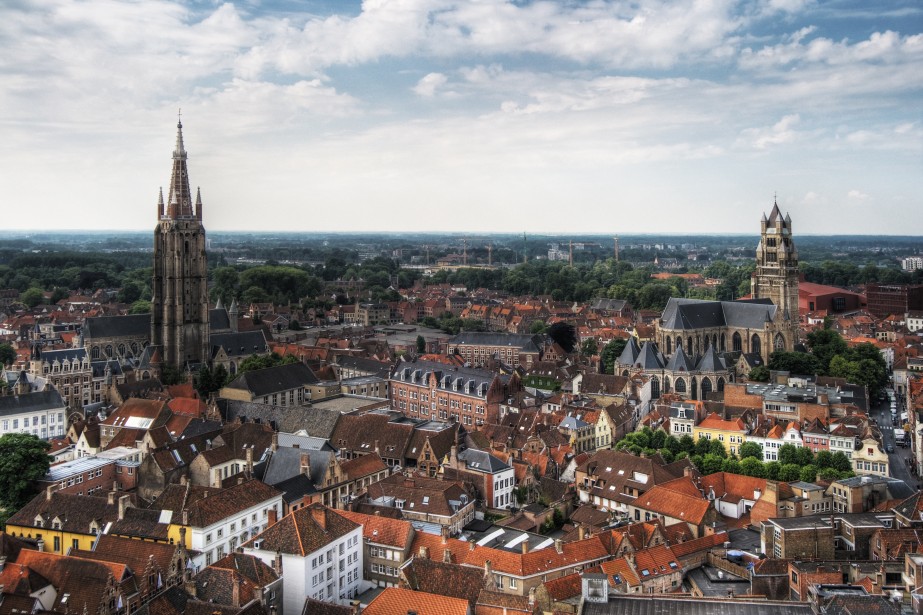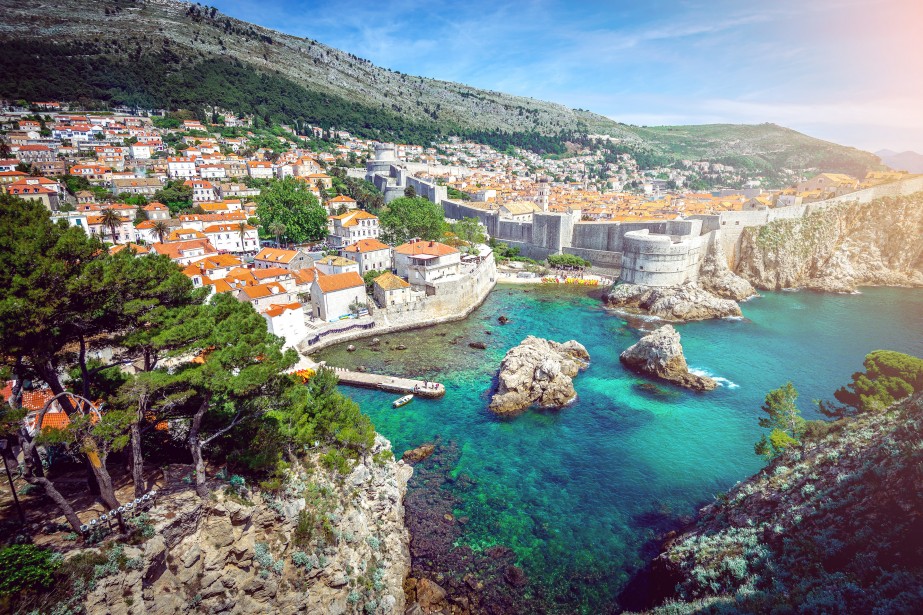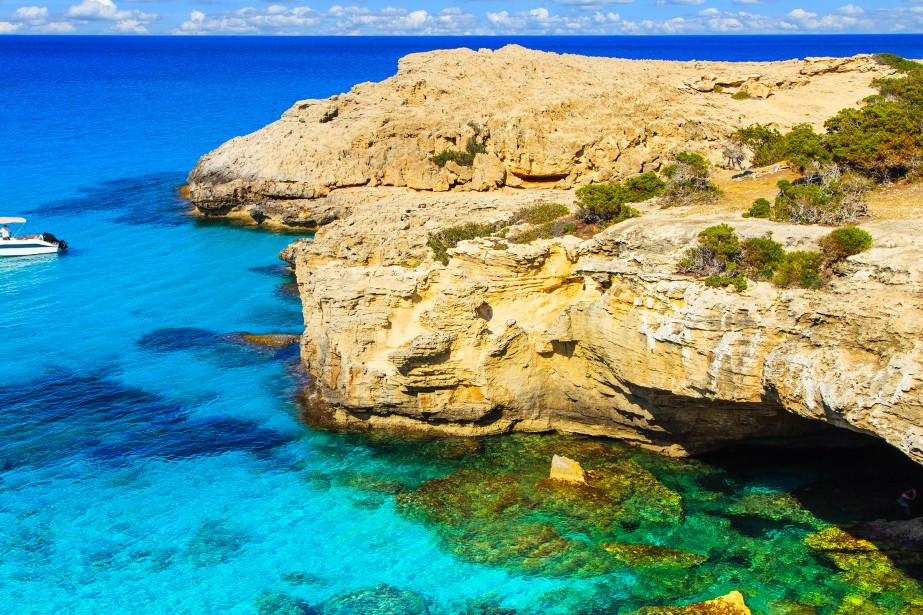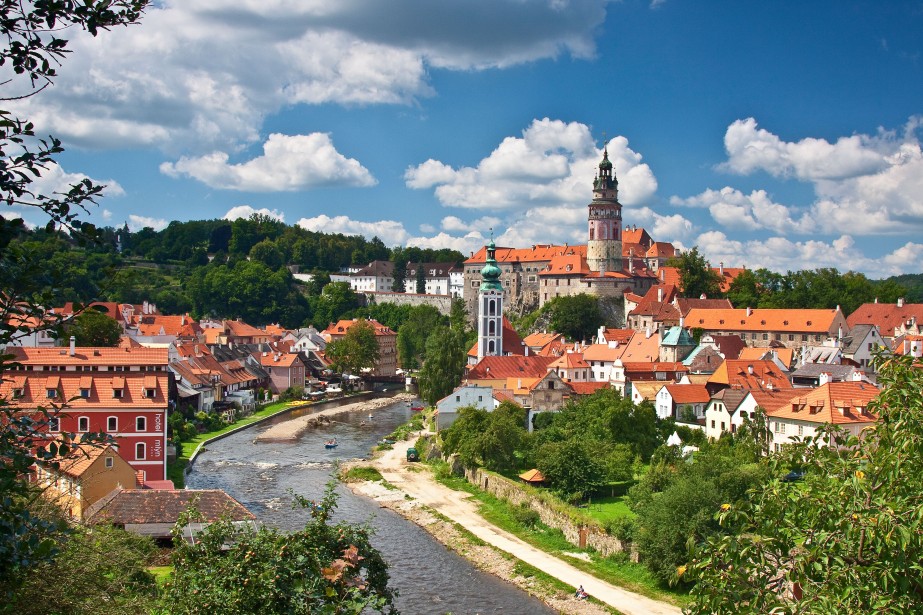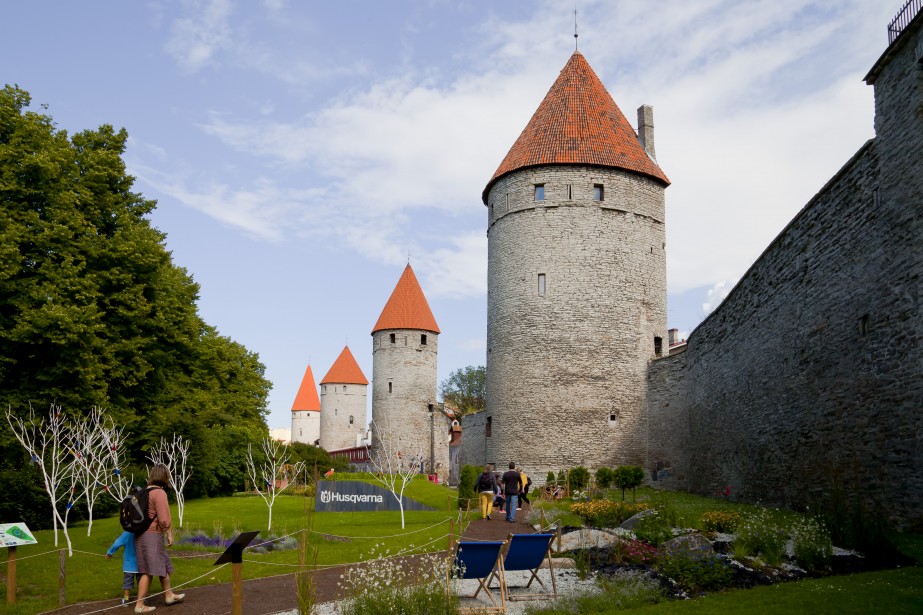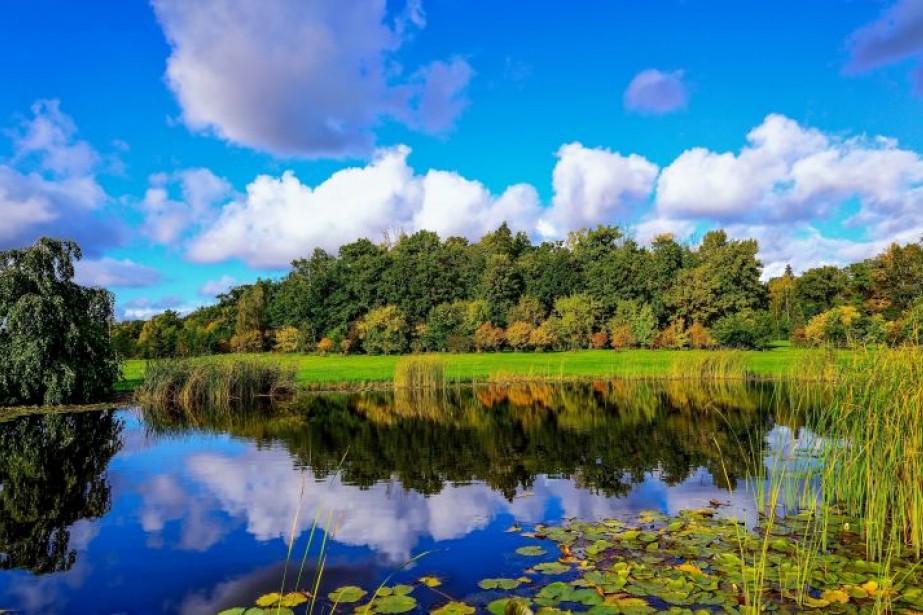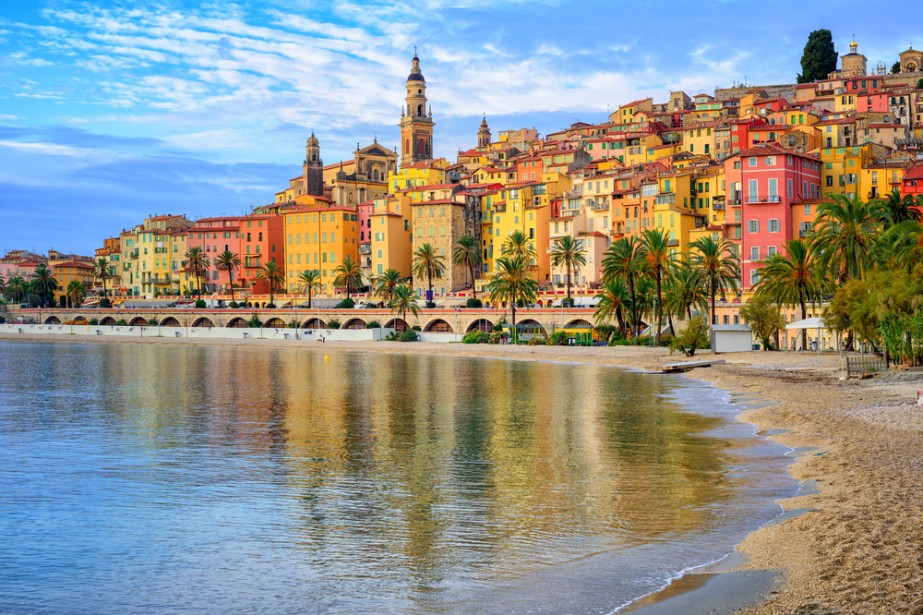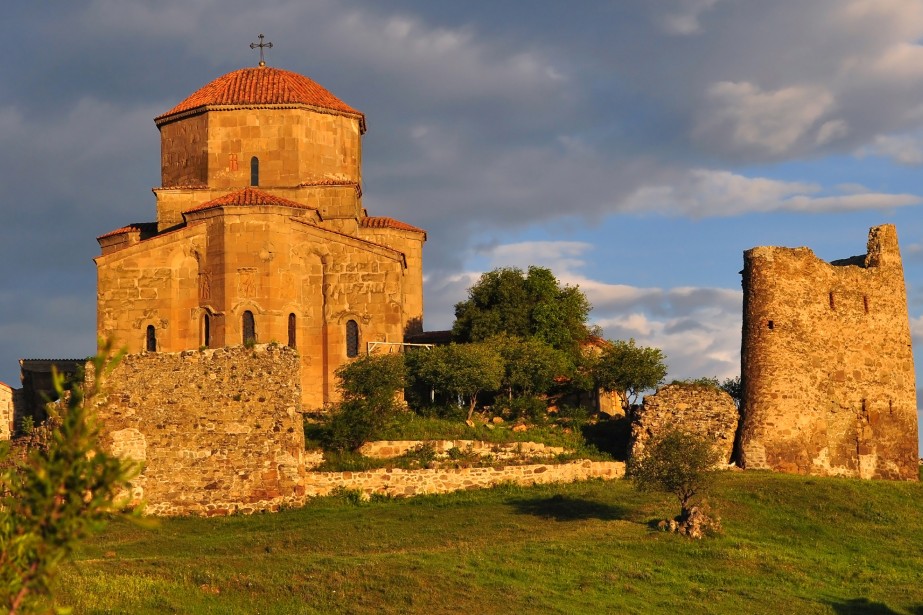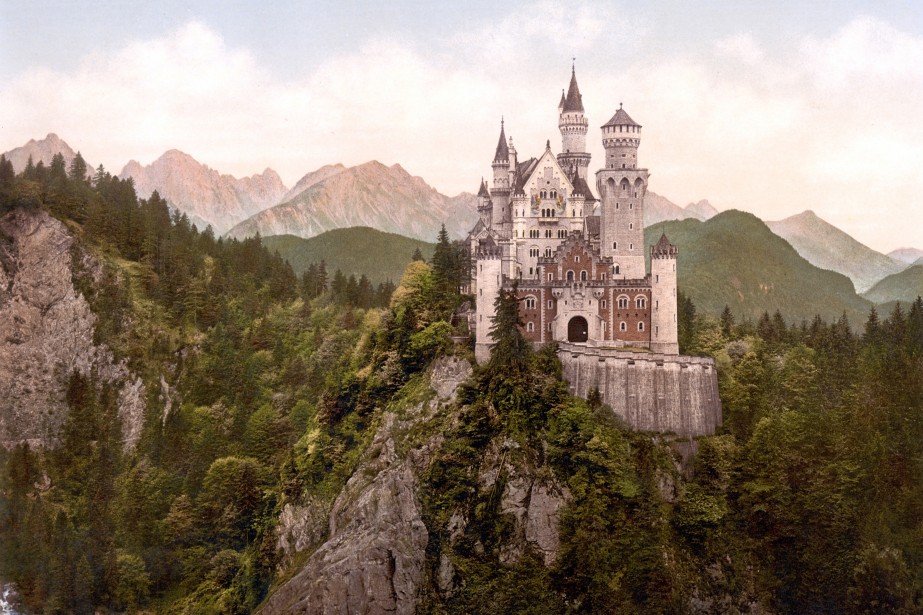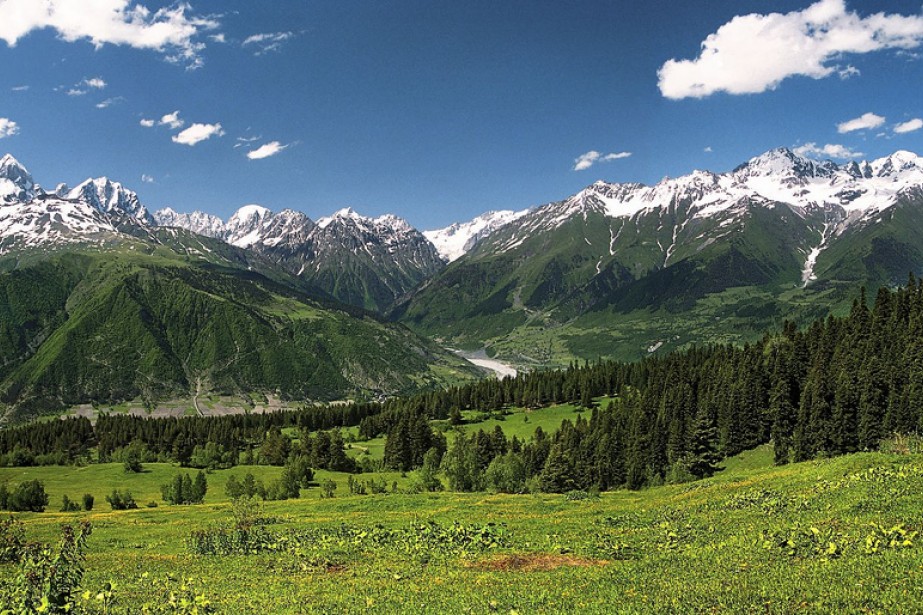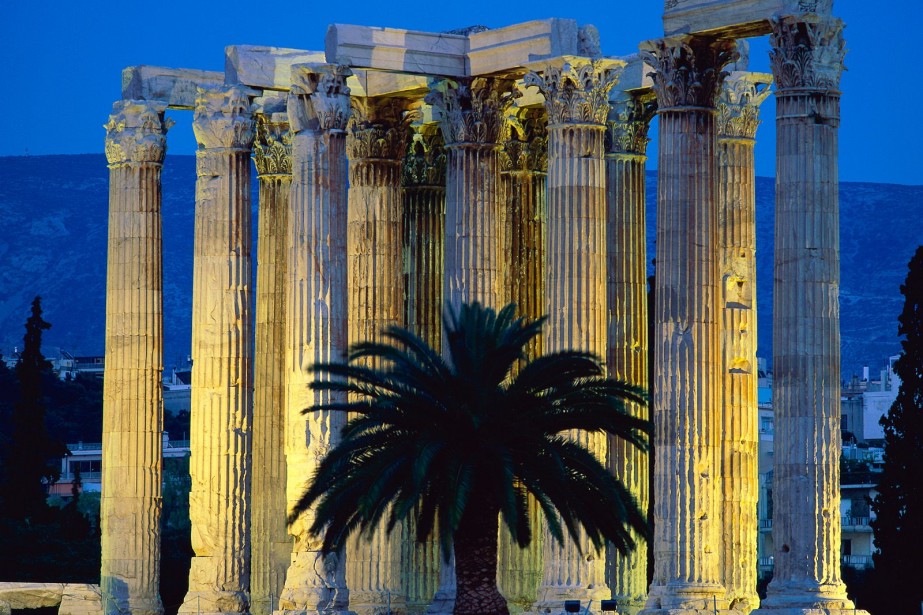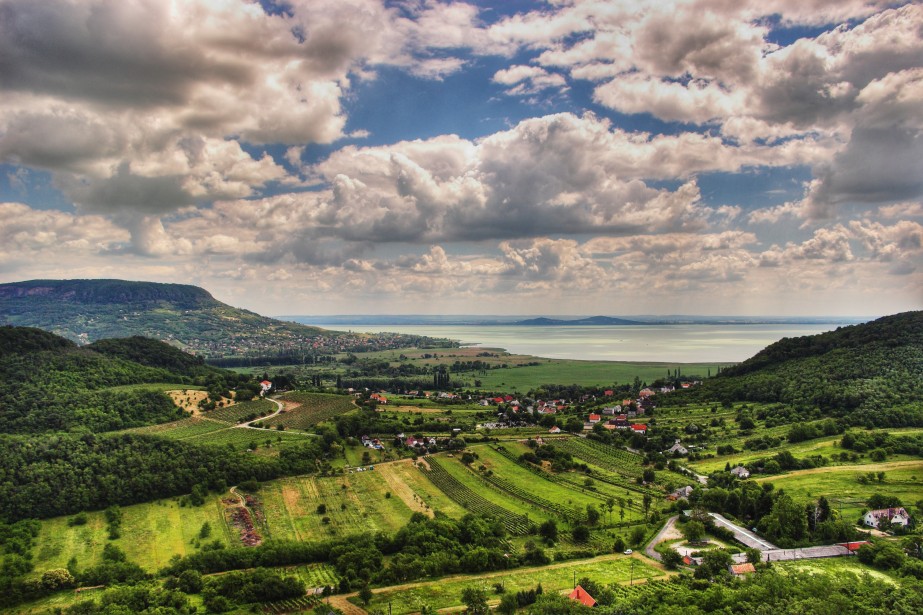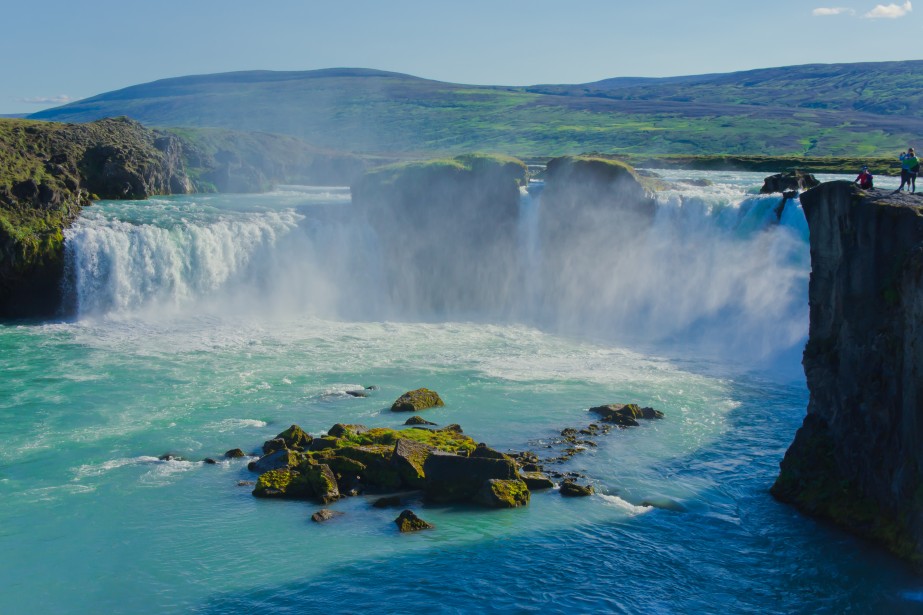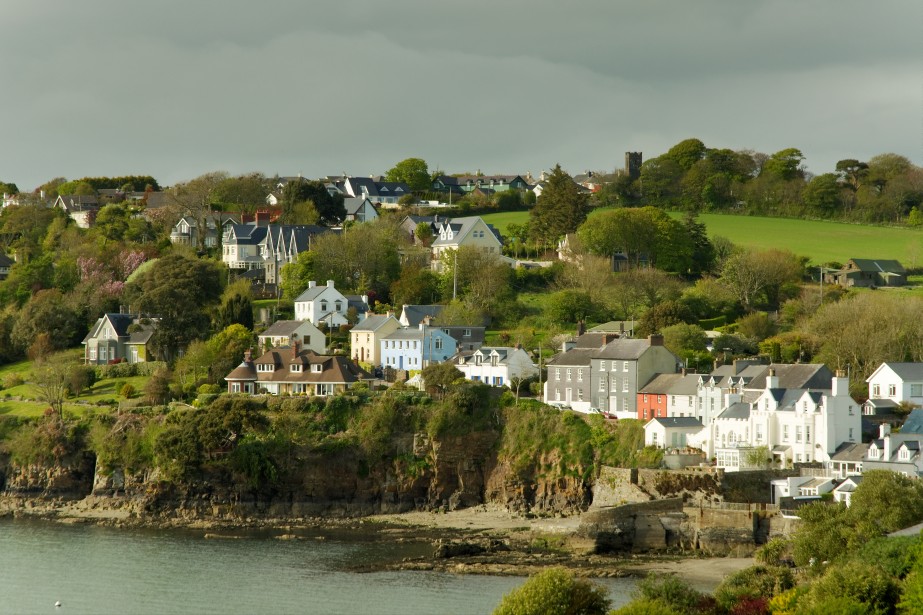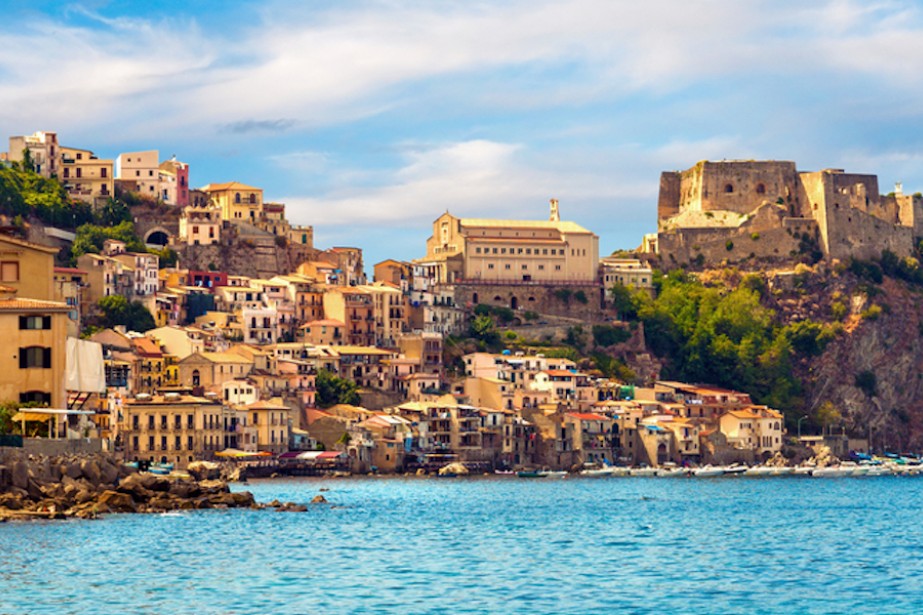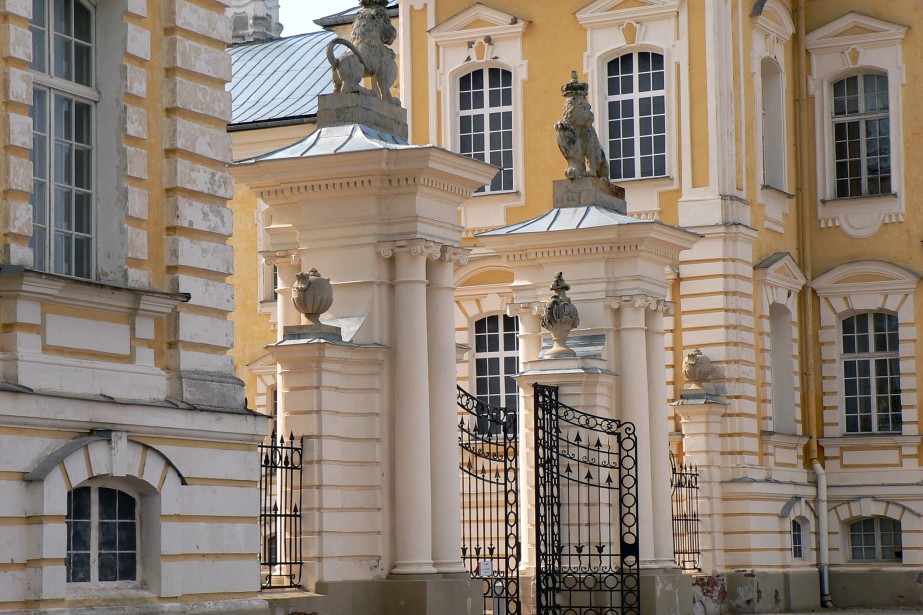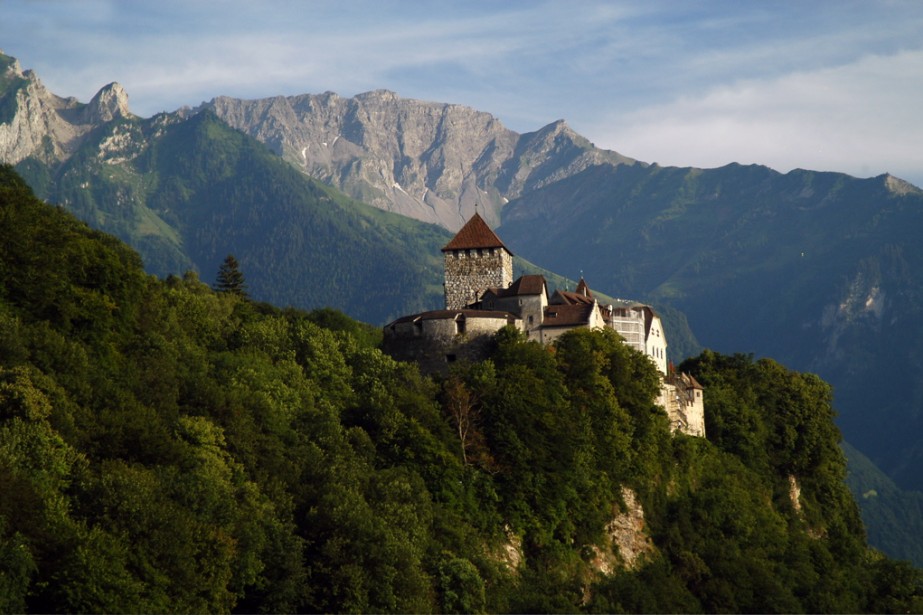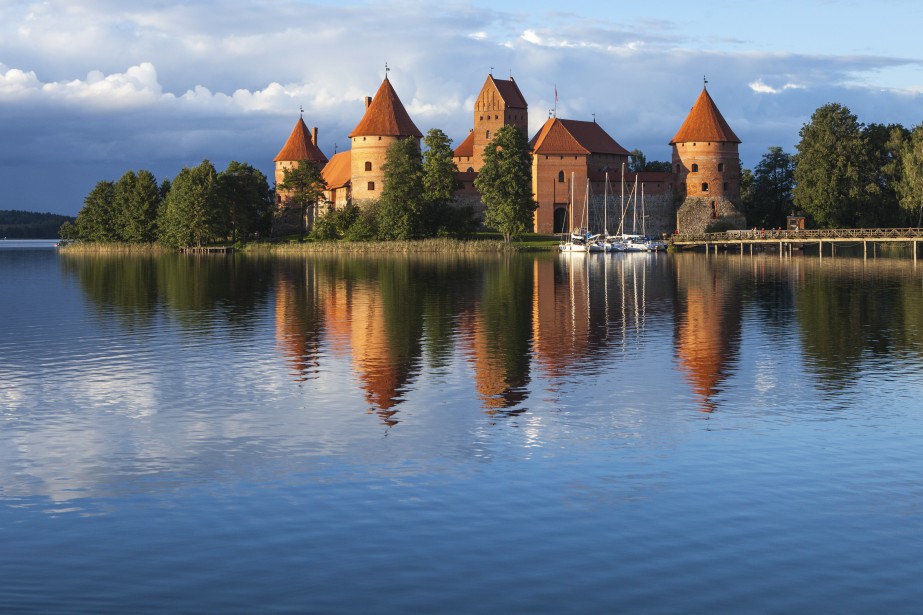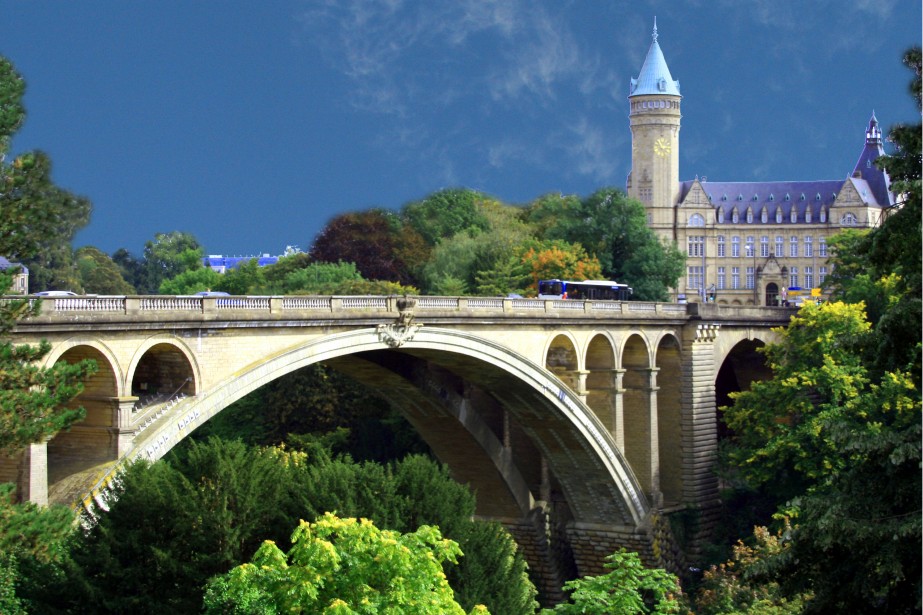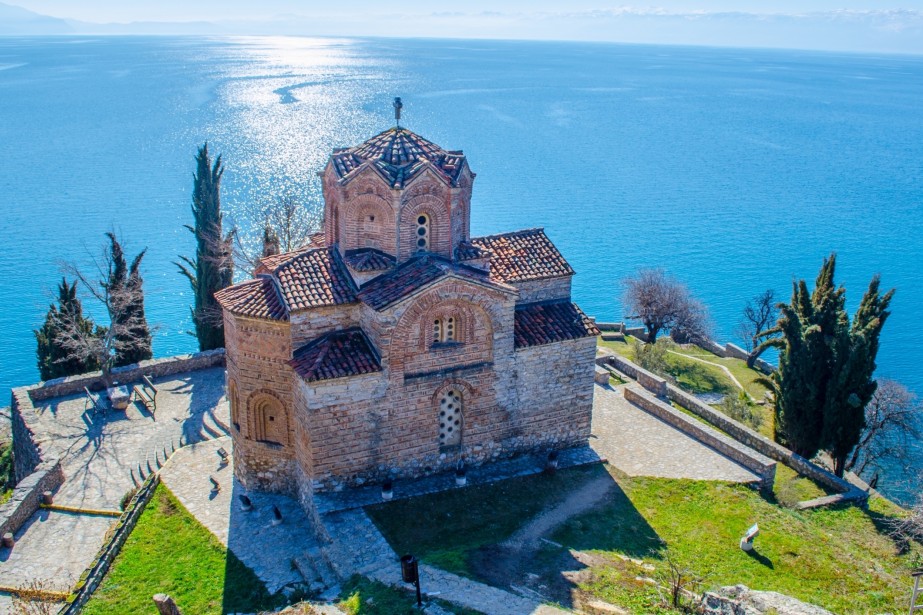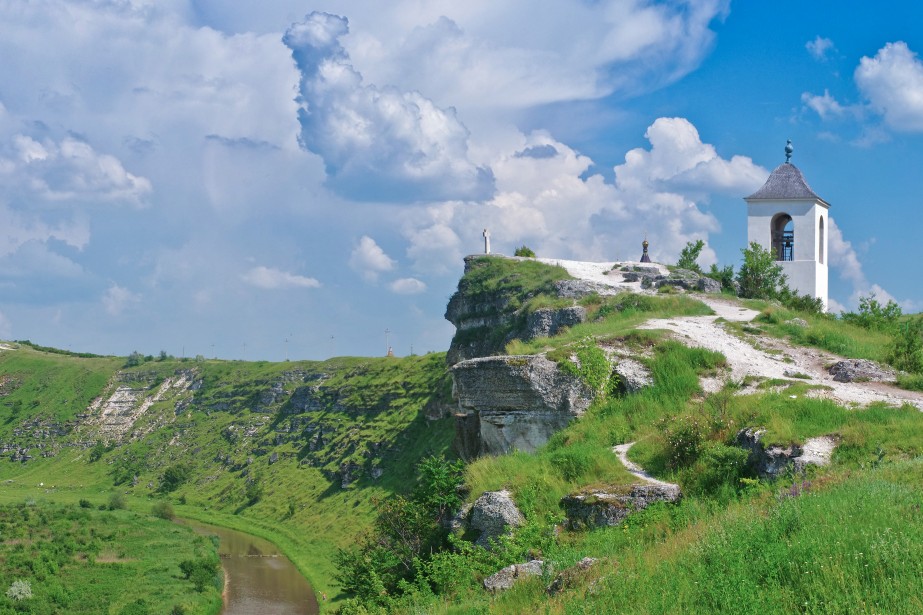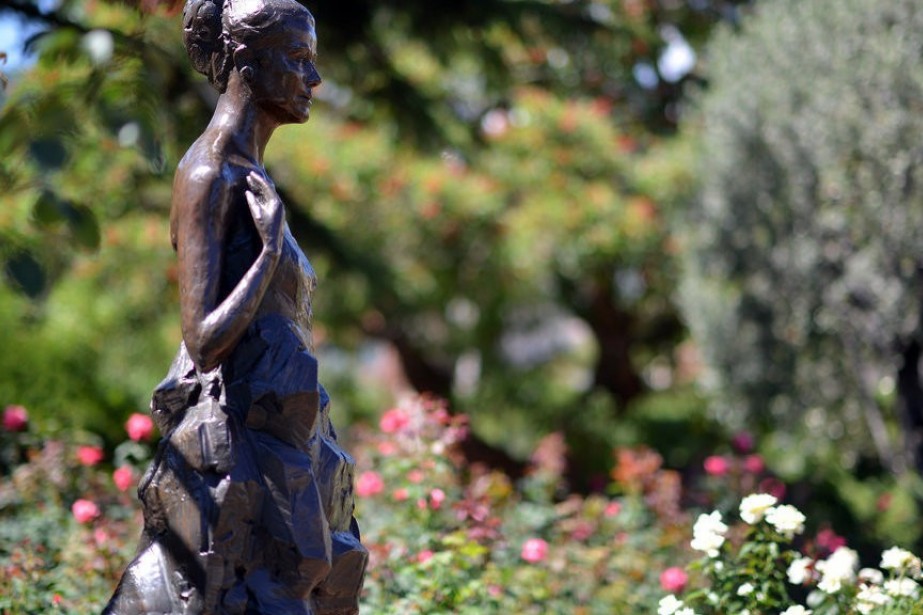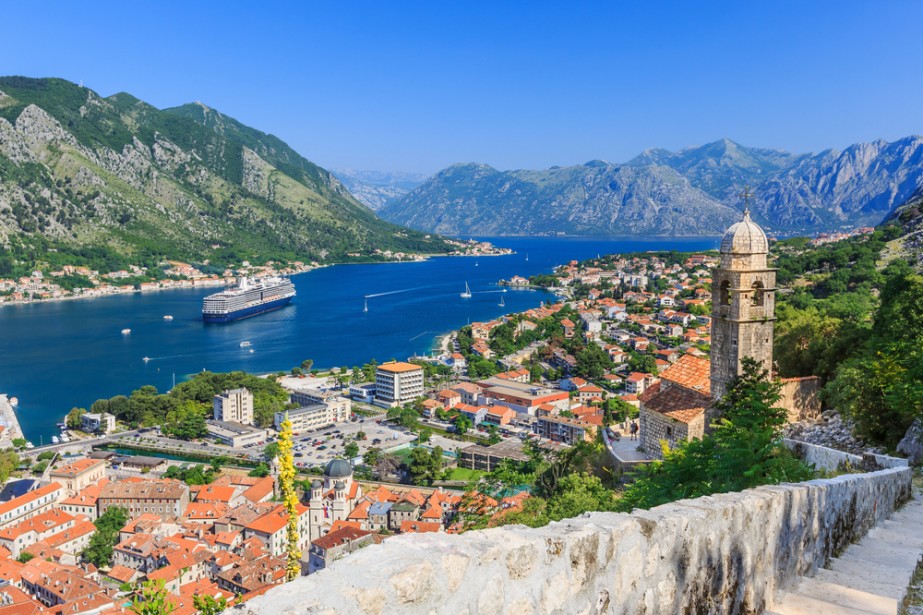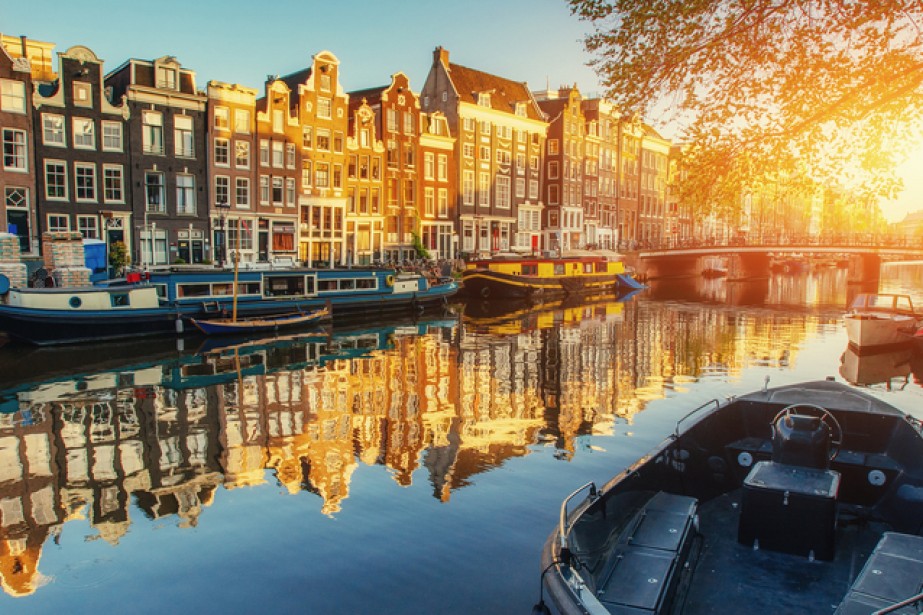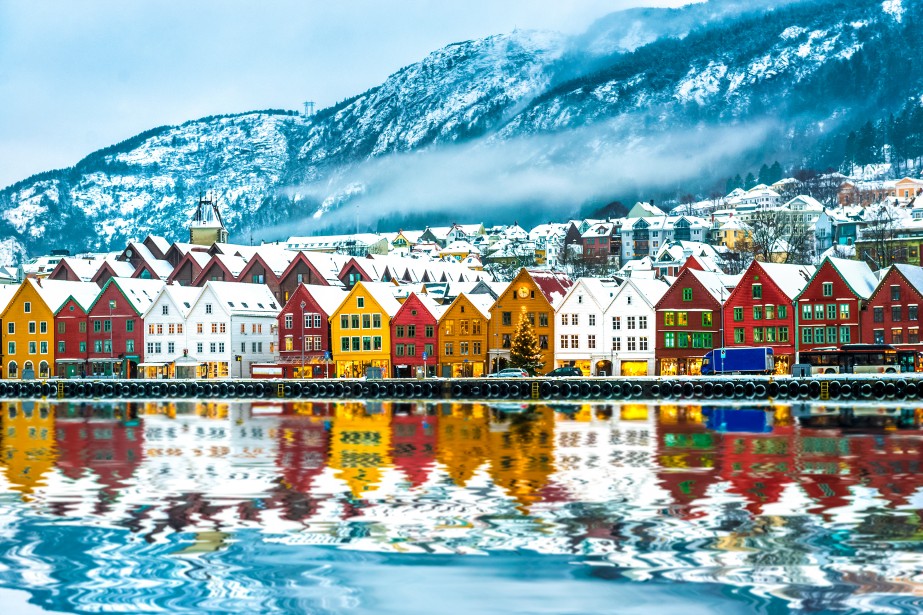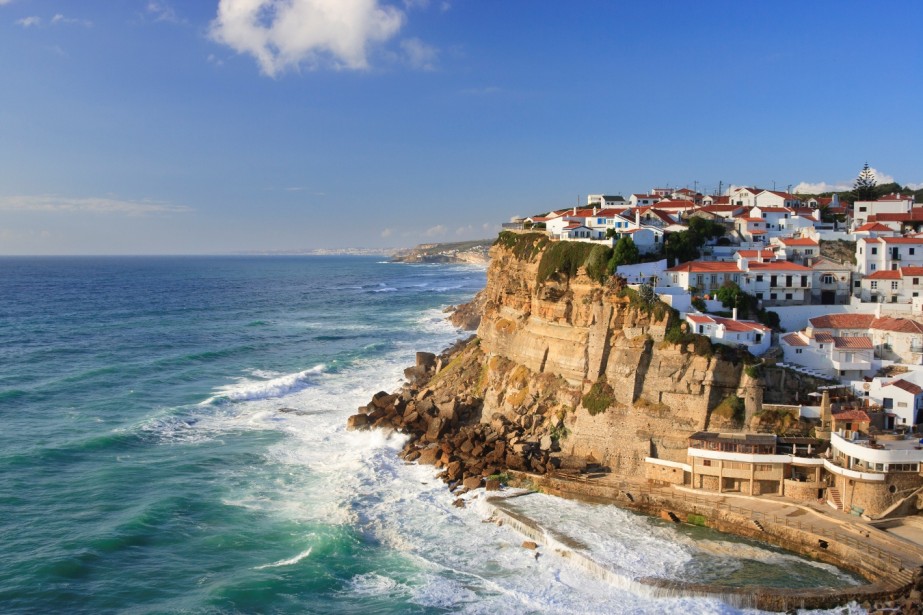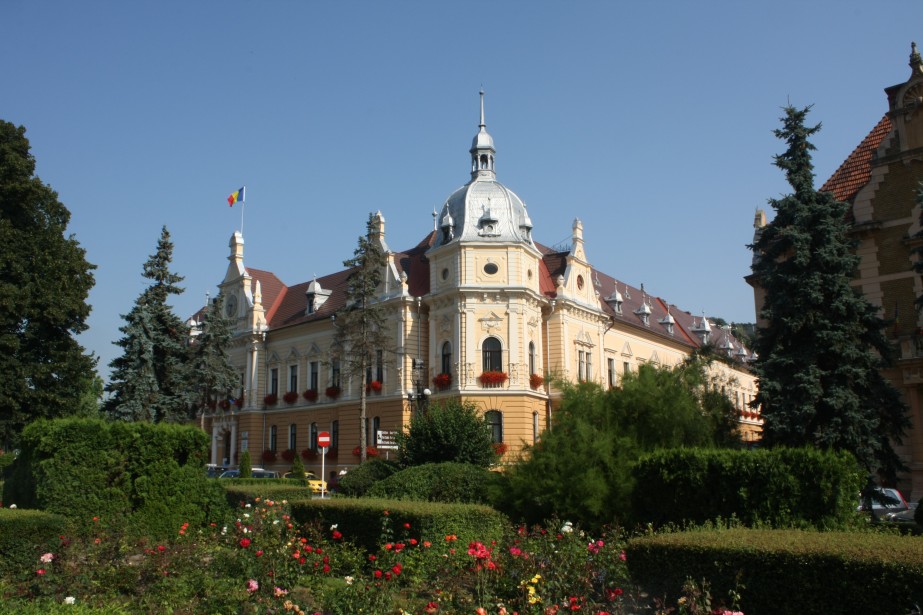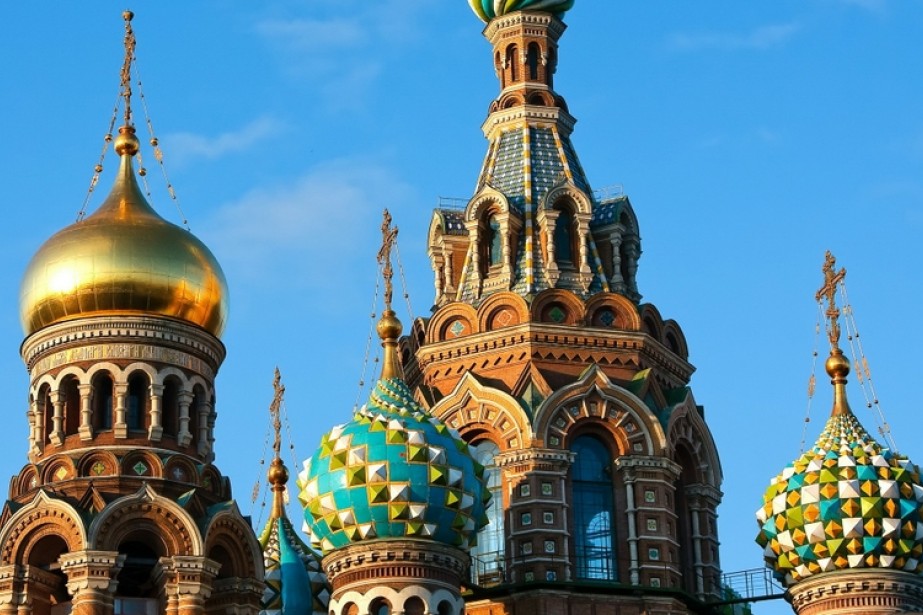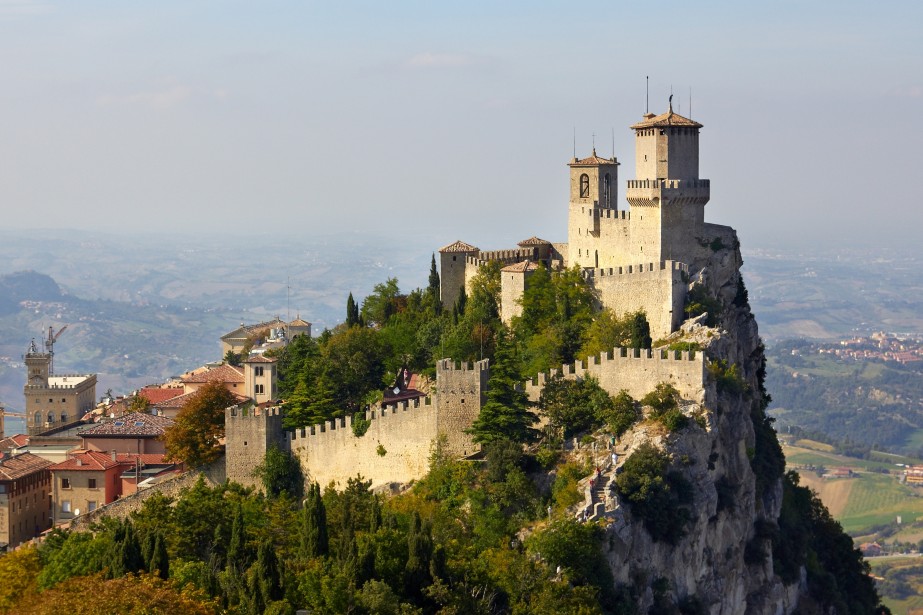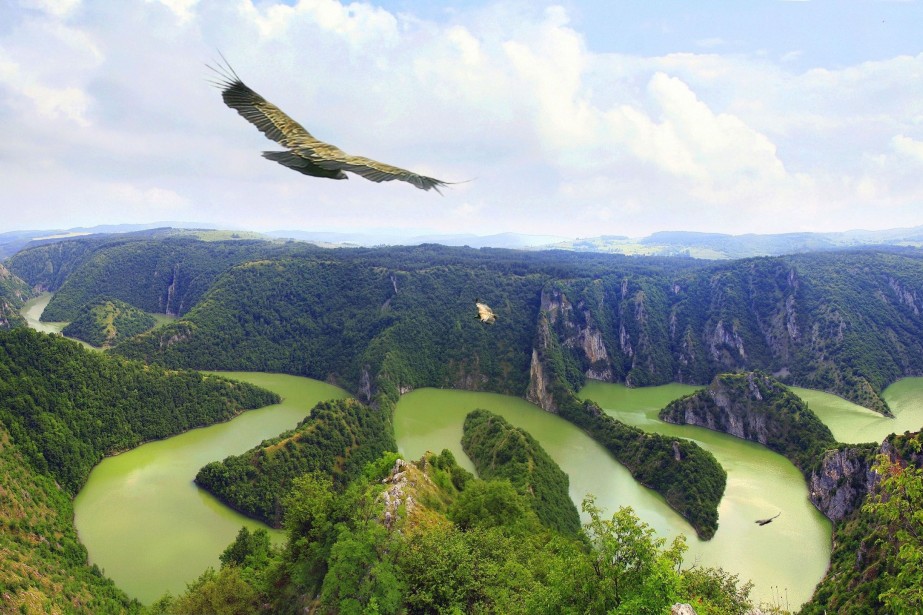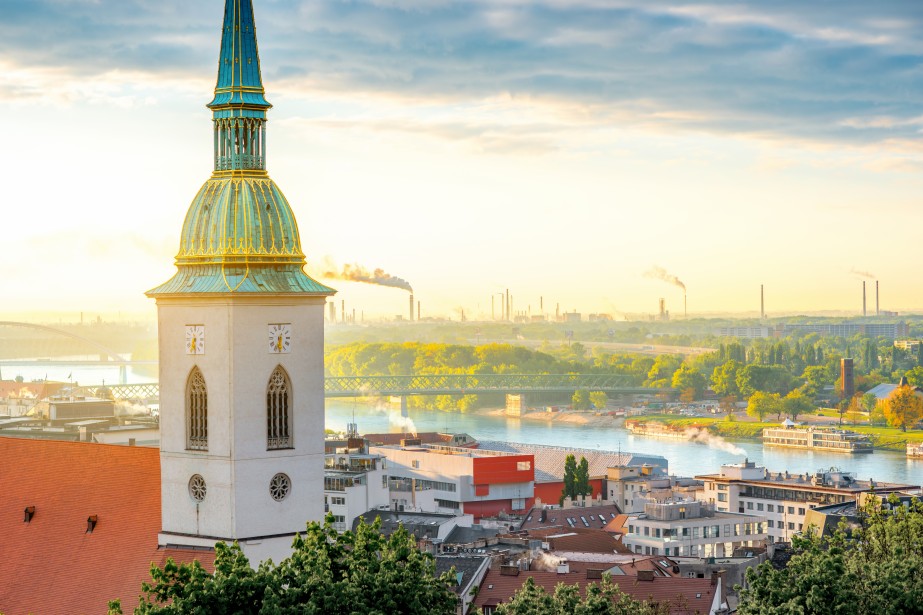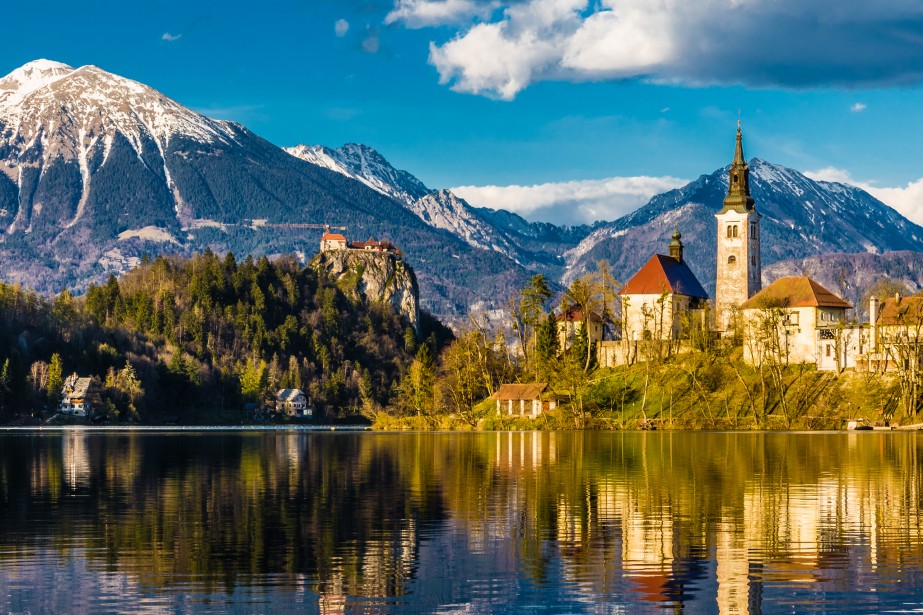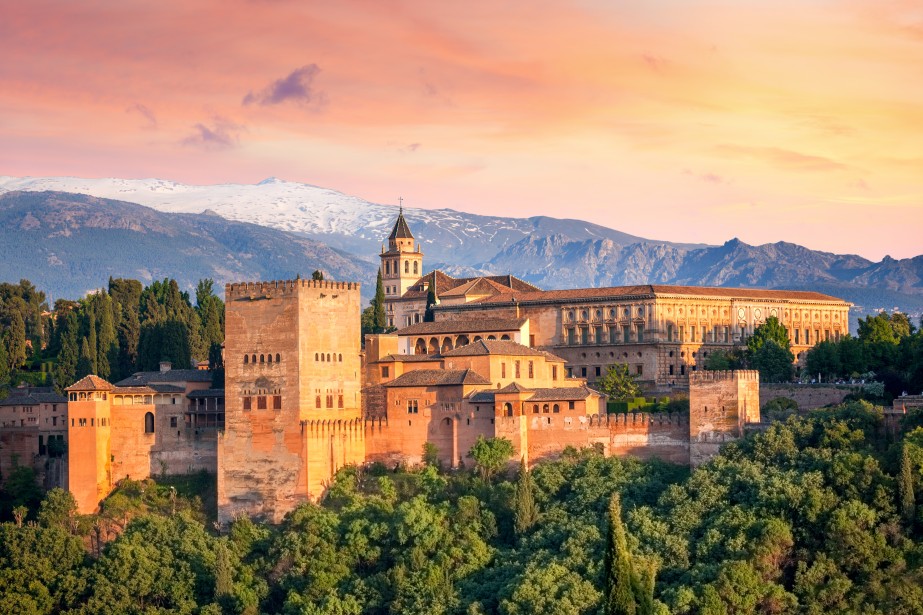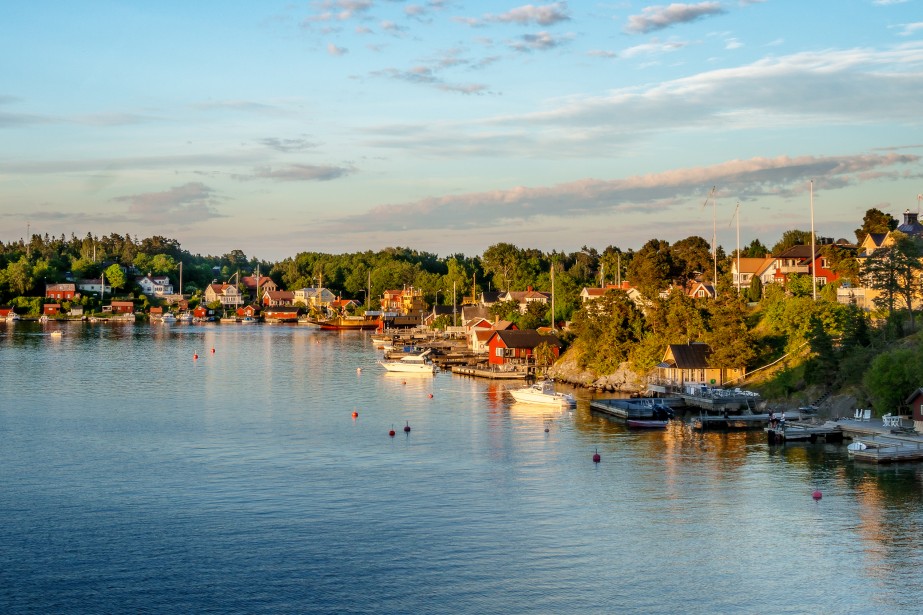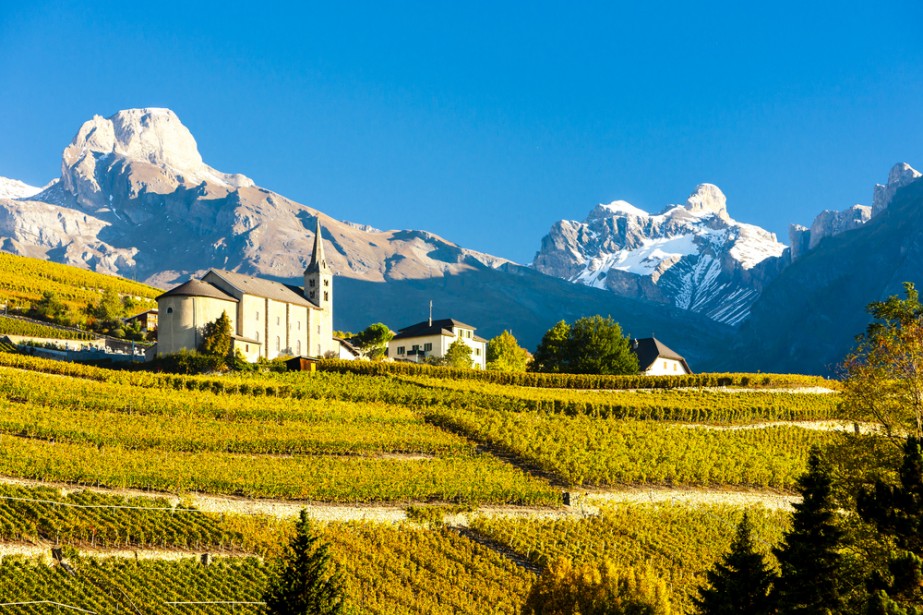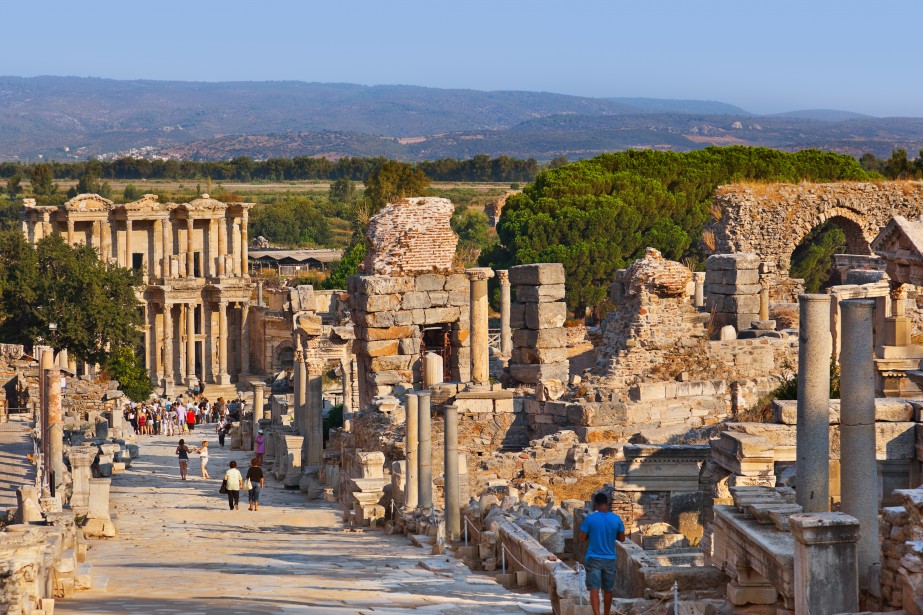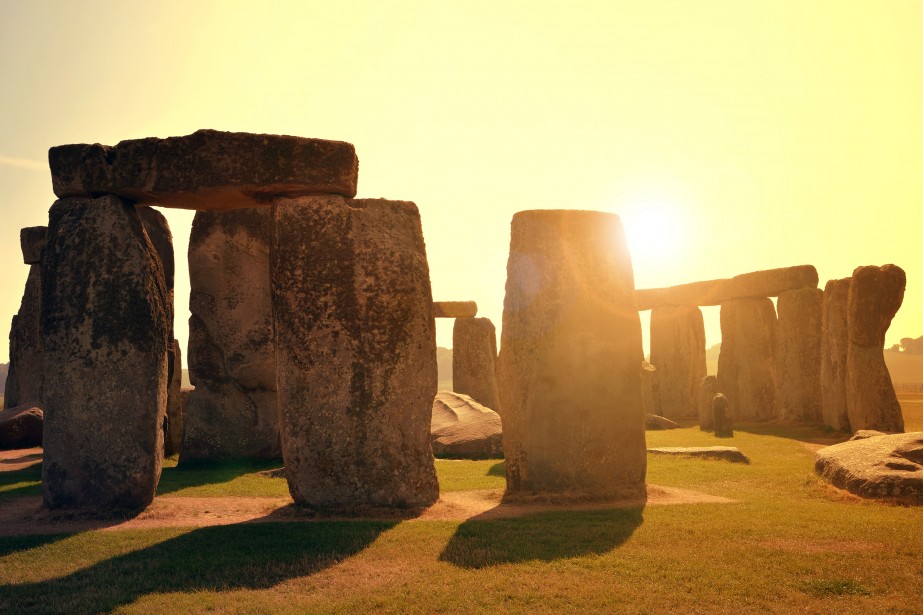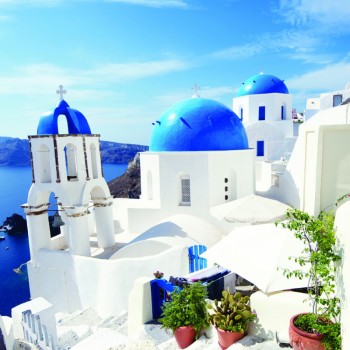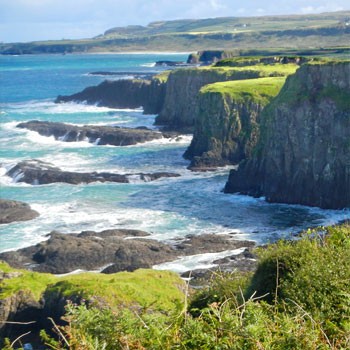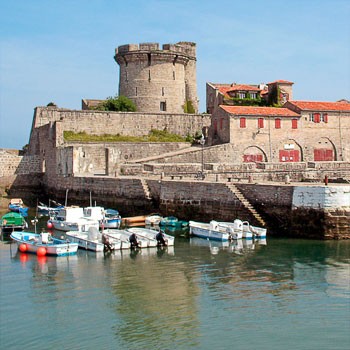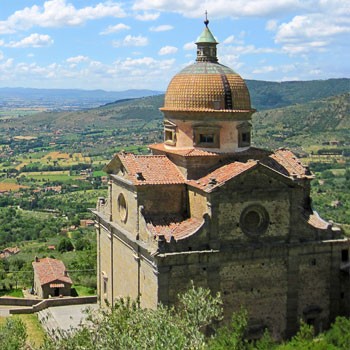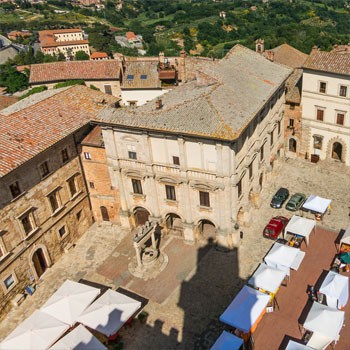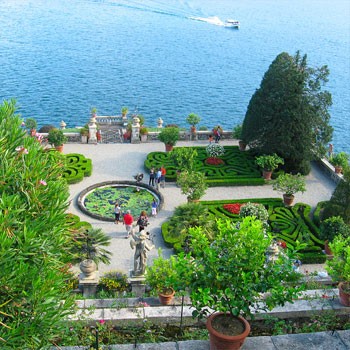Submitted by Coralie on November 17, 2015
An Overview – Portugal
A small country at the extreme end of Europe, often confused with its neighbor Spain, Portugal is a hidden gem of sunshine, Mediterranean culture and friendly people. In cities, the traveler will find all the culture and ancient history that one can expect of a european country ; castles, cobblestone paved streets, small authentic villages, … Outside of cities, Portugal will reveal its most stunning side, with a pristine nature, golden beaches, cliffs on the Atlantic and a few islands to explore.
Portugal is also a heaven for active holidays, with the coast an ideal spot for surfing and the possibility to hike, bike or horse ride a good number of inland trails, especially in the Algarve region. The cliffs and hills also offer opportunities for climbing and paragliding, while the sea and the numerous rivers have their share of boat and rafting companies. Bird watching is also a very popular activity in the National Parks.
For city dwellers, the discovery of the unique Portuguese culture is also an activity full of surprises. Listening to Fado, a melancholic and powerful traditional singing, admiring the romanesque architecture of the cathedral of Coimbra, toasting a glass of Vinho Verde, or simply wandering in the twisting streets of Lisbon, Portugal, the south of Europe, is sure to leave a lasting impression on the visitor.
When to Travel – Weather
Portugal's climate is generally mild all year round. If the Algarve region benefits of an agreeable weather whatever the month, the winters can be very cold inland, and the summers very hot, easily reaching the 40° in the Douro region. To enjoy a swim in the sea, the best is to go in summer, as the Atlantic Ocean is a lot colder than the Mediterranean Sea. The skiing season goes from January till March.
To get the most of your stay, the best moment is the month of June, where the weather is agreeable without being too hot, and the country is animated with several holidays and “Festas”, like the Festival de Fado, or the Festival de Corpo de Deus that is best celebrated in Monção.
Portuguese Cuisine and Drinks
Portuguese cuisine was influenced by a lot of different regions from all over the world. The ingredients found everywhere are tomatoes and potatoes from the “New World”, locally grown olives of every color, lemons, and of course fish from the coast. The cuisine is very mediterranean, with vegetables and oils eaten with fish or meat. The most representative dish is the Cataplana, a mix of fish and vegetables cooked in a small pot like a bouillabaisse.
Petiscos, portuguese tapas, or soups made of fish or vegetables are usually served at the beginning of the meal. The main dish is traditionally from the sea ; grilled fish, octopus salad, snails, shrimps and codfish will often be found on the menu. As for meat, Portugal favorite one is pork, found for example in the traditional “carne de porco alentejana”, which is pork cooked with spices, peppers, garlic, olive oil and smoked with clams. Desserts are made of fruits or cakes filled with butter, cinnamon, almonds and lemons.
Portugal is also a very renown wine region, with Vinho Verde the most popular outside of the country. Ginja is also a popular alcohol, made from cherries and found in every café. And of course the Porto, named after one of Portugal's biggest cities, should be sampled before leaving.
Popular Sights in Portugal
Lisbon – Lisbon is the capital of Portugal. Like in most big cities, the ancient mixes with the modern, going from cobblestone paved twisting streets to new modern buildings. Still, the life there is still following a very relaxed pace. Don't miss the Monastery of Jeronimos, the Belem Tower and the view from the top of St George's Castle. Also a good opportunity to discover Fado, the Portuguese traditional music. There's two distinct sorts of Fado; the Fado from Lisbon and the Fado from Coimbra, and both are worth listening to.
Algarve – One of the most beautiful region in Europe, the Algarve seems always sunny and peaceful. On the coast, beaches and near deserted island will only be surpassed by the Ria Formosa Natural Park, where flamingos and dolphins are to be seen. Inland, trails for hiking, biking or horse riding lead through a beautiful green countryside, with ancient forests, small villages and fig and almond trees on every corner.
The cliffs of Cabo de São Vicente – Marking the extreme south west of Europe, it's where sailors used to say their goodbyes before sailing towards the New World. Today, a fortress, a lighthouse and a museum will enlighten the visitor on the history of Portuguese marine navigation.
Coimbra – Coimbra is a small but very dynamic city, due to the number of students living there. Other than the nightlife (mainly on Tuesday and Thursday), it's also a good place to listen to Fado and visit the medieval center. Main sights include the university of Coimbra and its famous old library, the Botanical Garden, the old cathedral and the Mermaid's Garden.
Convento do Christo – A UNESCO heritage site since 1983, this fortress from Templar times is now a religious site. Situated in the town of Tomar, it's well worth the visit for its impressive architecture and church.
Douro Valley – The Douro Valley is a famous wine region but also a magnificent area with beautiful countryside and vineyards extending into the horizon. For wine amateurs, tours of the vineyards are available. For those looking for a little more adventure, river cruises on the Douro are an excellent way of discovering this region.
Nazaré – One of the most picturesque of the coastal towns in Portugal, Nazaré has become a big attraction for tourists lately, mainly because of the huge waves washing its coasts, making it one of the best spots for surfing in the country. Consequently, the nightlife has improved a lot. It's not a place for those seeking calm or nature, but perfect for those wanting to party and celebrate the New Year or the Carnival in Portuguese fashion.
Porto – Situated along the Douro River, Porto is one of the most beautiful city in Portugal. The city center, as a UNESCO World Heritage site, has been preserved. Consequently, although Porto has evolved economically, the old way of life and traditions are still very present. The city center near the river, the traditional market where local dishes are available for low prices, the Livraria Lello (old bookshop) and the view from Clerics' Tower are well worth a detour and will make the old Portugal come alive.
Evora – This town is not only a marvel of ancient architecture, it's also a good starting point to explore the many megaliths (or dolmens) around the area. No one knows why so many dolmens were left in this specific region, but the sight is impressive and makes the imagination run wild.
Castelo de Vide – A small village out of the tourist trail, Castelo de Vide is situated in the heights, with an amazing view on the surrounding valleys and countryside. A castle and a small museum will make for a peaceful stop in this flowery beautiful village. The water fountains there symbolize the fountain of youth, a supposed benefit of staying in this bucolic environment. Castelo de Vide is also a good stop on the way to visit the neighboring Marvão, a charming medieval village.
Practical Info
Currency – Portugal is part of the European Union and uses the Euro. ATMs and banks are easily available in every city. Traveler's cheques are accepted, but with rather elevated fees.
Security – Portugal has a reputation for dangerous driving, especially on the main roads. The speed limitations are often overlooked and they tend to stop very brutally. Be mindful on the road, as a pedestrian or driver.
In hotels and restaurants, a book of recommendation is mandatory since 2006. If the service is not good or the bill seems suspect, the establishment is obligated to hand you this book. If they refuse to do so, you have the rights to call the police.
Language – Portuguese might share a resemblance with Spanish, but it's two separate cultures and languages. Although the younger generation might speak Spanish freely with you, some, more traditional, especially in the small villages, will likely be offended by your use of Spanish and remind you that this is Portugal.

